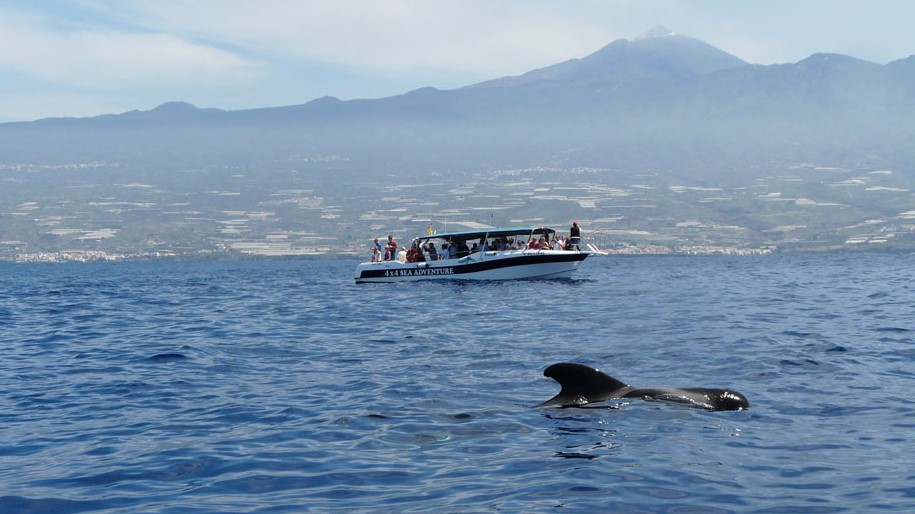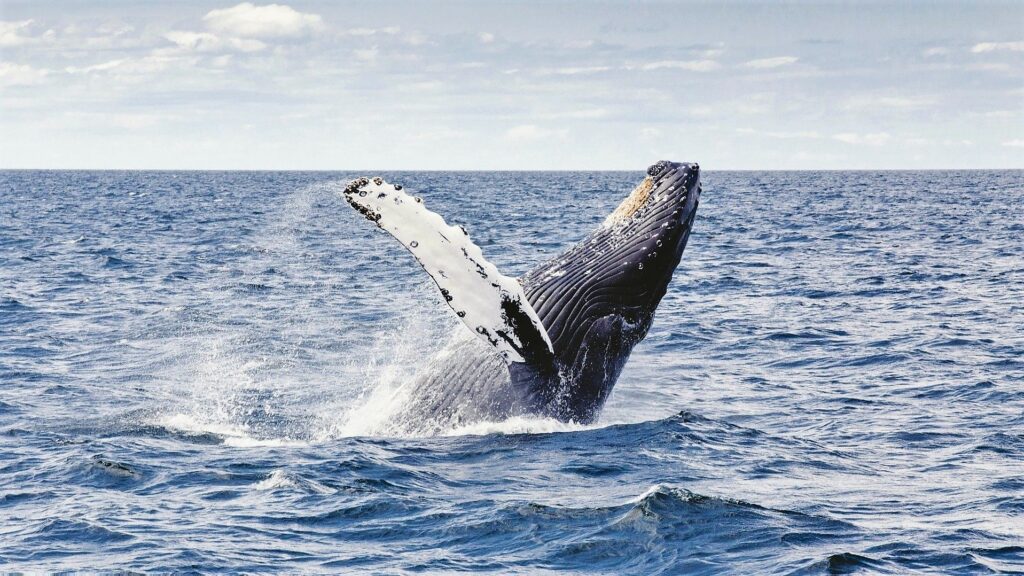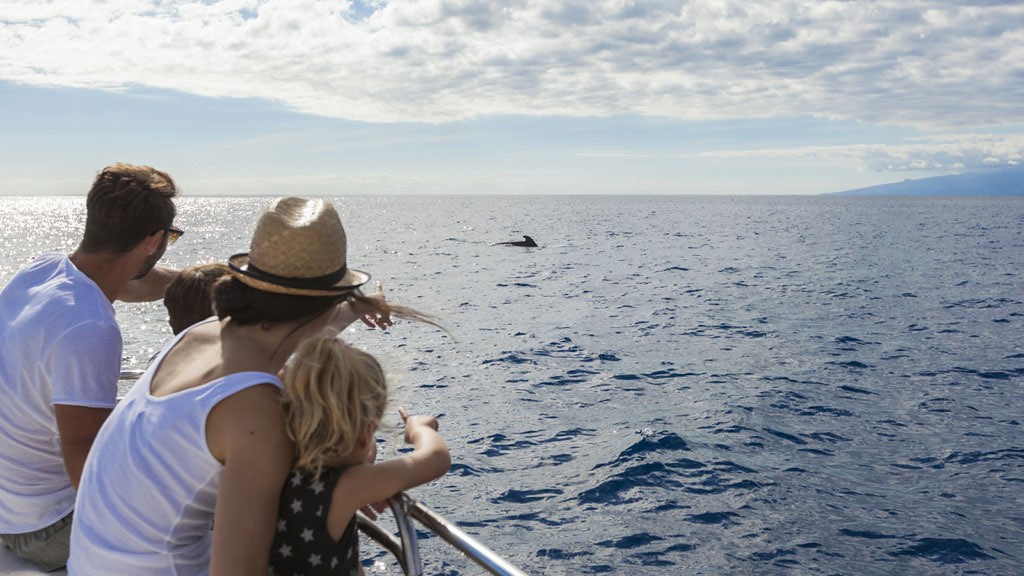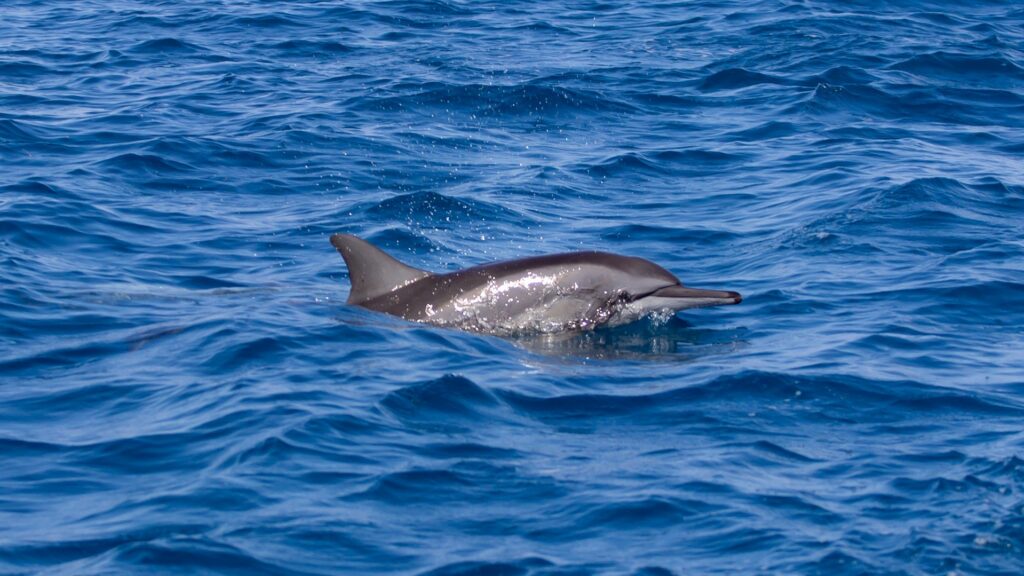The Tenerife-La Gomera marine area in southwest Tenerife (Spain) has been awarded the prestigious title of the first Whale Heritage Site in Europe. Dana Point in California (USA) becomes the first site in the Americas to be awarded Whale Heritage Site status.

Right before the pandemic hit us by storm we were all sailing on a wave to more sustainable travel. In fact over the last few years the cruise industry has made immense efforts and investments in becoming greener and more environmentally friendly. While all new ships feature the latest technologies and solutions available to minimise their environmental footprint, older ships are being retrofitted with many of these technologies. These include energy efficiency solutions to decrease fuel consumption, the use of liquefied natural gas (LNG), exhaust gas cleaning systems or “scrubbers” to improve air emissions, water treatment systems and cold ironing capabilities to connect to local power grids while docked. Furthermore all cruise lines are sailing away from single-use items and plastics in an effort to further protect marine wildlife.
New Whale Heritage Sites

Whale Heritage Sites are a global accreditation scheme which recognises outstanding destinations that offer and celebrate responsible and sustainable wild whale and dolphin watching. The scheme offers the travel industry a way to protect marine wildlife and support sustainable practices.
Earlier this year Tenerife-La Gomera marine area in southwest Tenerife (Spain) and Dana Point in California (USA) have been awarded the prestigious title as the first Whale Heritage Site in Europe and the Americas. They join The Bluff in South Africa and Hervey Bay in Australia.
Opportunity to witness a variety of whale and dolphin species
The site in Tenerife has long been a popular spot to see whales and dolphins in the wild and this accreditation recognises the community’s commitment to respecting and celebrating these animals.
There are 28 cetacean species found in the island’s waters, most of which are migrant or seasonal. Though some are local residents, including short-finned pilot whales and bottlenose dolphins.

Dana Point, named the Dolphin and Whale Watching Capital of the World, is one of the best places to view the magnificent blue whale. It also has a variety of year-round whales, sperm whales and more dolphins per square mile than anywhere in the world.
Depending on the time of the year visitors can see different species of whales. Gray whale season extends from November through April. The gray whale makes one of the longest of all mammalian migrations, averaging 10,000-14,000 miles through the Pacific Ocean towards Mexico. Blue whale season lasts roughly from May through November. Blue whales are the largest mammals on earth. They can reach over 100 feet long and weigh over 100 tons. Visitors who go whale watching in Dana Point may also see fin whales, minke whales, humpback whales and orcas.
A good guide for tourists
Whale Heritage Site status provides tourists with an easy way to select responsible whale and dolphin watching destinations, places where people can experience cetaceans in their natural habitat and in an authentic and respectful way.
The designation of Europe’s and America’s first Whale Heritage Sites is a wonderful step forward for responsible tourism. The sites are fast becoming world leaders in sustainable whale and dolphin watching and this certification will help the local communites by recognising responsible whale watching practices supported by the latest research and conservation efforts.
Protecting wildlife and the natural world
Becoming a Whale Heritage Site will ensure that visitors to the Tenerife-La Gomera marine area and Dana Point are contributing to a destination that celebrates their natural heritage, protects marine wildlife and builds a connection between local residents and sea life.

The new Whale Heritage Sites are immensely important in the protection of wildlife because they showcases a viable, sustainable alternative. The sites will also help to spotlight tour operators who offer visitors a a unique activity that respects and protects whales and dolphins. It’s an opportunity to experience these amazing creatures in the wild, where they belong!
Once travel resumes, tourists visiting the site in southwest Tenerife and Dana Point will know they are taking part in a unique activity that respects and protects whales and dolphins. It’s an opportunity to experience these amazing creatures in the wild, where they belong.
Have you been on a dolphin or whale watching excursion during a cruise? Let us kow in the comments below.